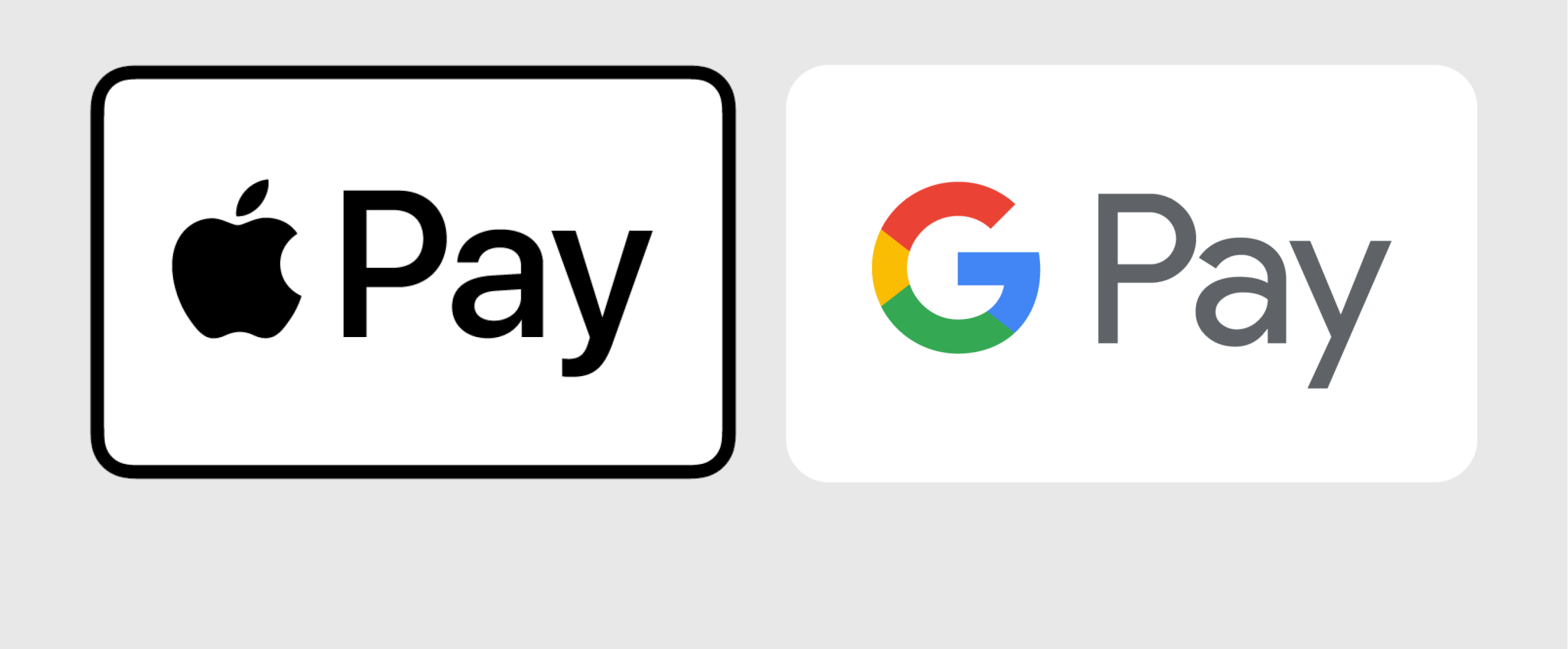

Google Pay encrypts the newly tokenized card and it is ready to be used for payments. Once the token is issued, this card is now “tokenized,” meaning it has a unique identification number associated with it. When a customer adds a credit or debit card to their Google Pay app, Google Pay requests a token, from the bank that issued that card, to represent the card being added. If you’d like to use Google Pay against a gateway that’s not listed here, drop us a line. Ingenico ePayments (formerly GlobalCollect).Receive Google’s approval and start processing Google Pay transactions through Spreedly.Ĭurrently, you can use Spreedly’s Google Pay support with the following gateways:.Using your own decryption mechanism and direct processor integration.Using Spreedly’s decryption mechanism and a supported gateway.With production credentials from Google, begin testing full-cycle transactions.You must complete the Google Pay Preparation section and have Google Pay production credentials before proceeding with Spreedly. Complete the integration checklist ( Android | Web) before requesting production credentials from Google.Review Google’s approval process for Android devices or Google Pay on the Web.Review Google’s list of participating processors.Because Google Pay represents a significantly different workflow than that used with traditional payment methods, it’s important to first understand how it works before integrating with Spreedly.

It enables users to make payments online from the Web and with Android phones, tablets and watches. Google Pay is a digital wallet platform and online payment system that powers in-app, tap-to-pay, and website purchases.


 0 kommentar(er)
0 kommentar(er)
